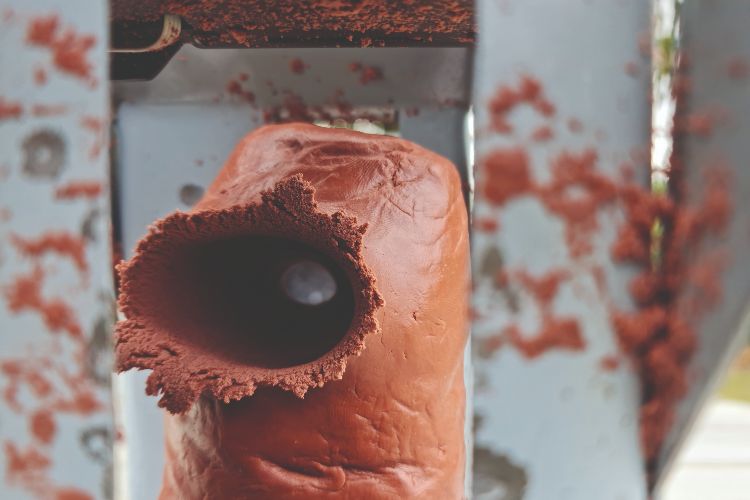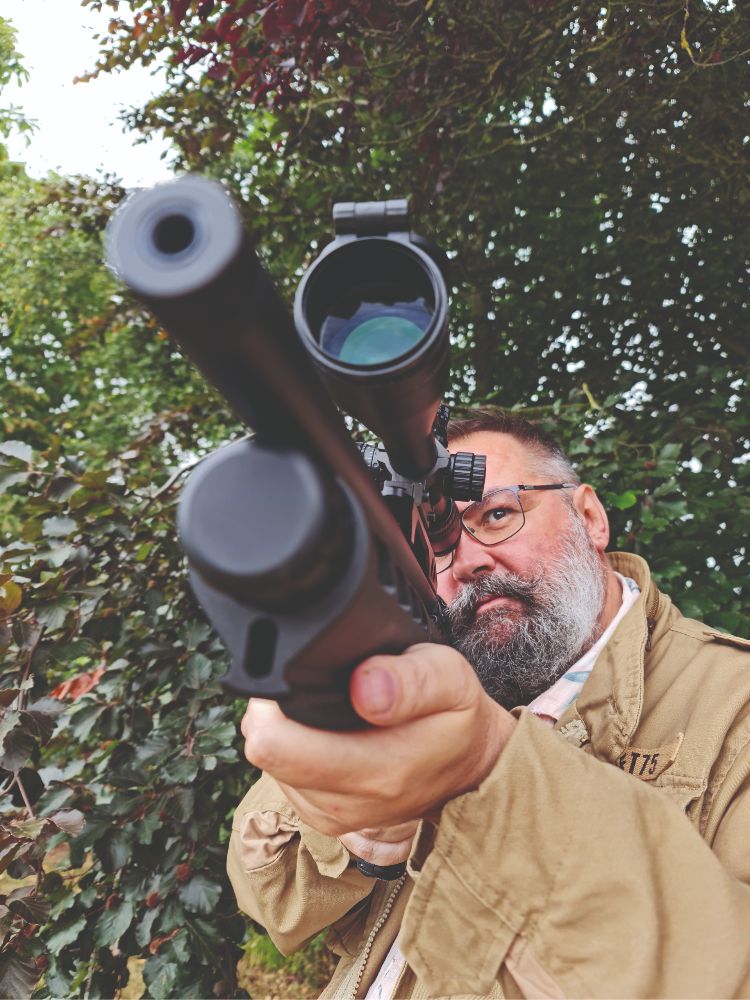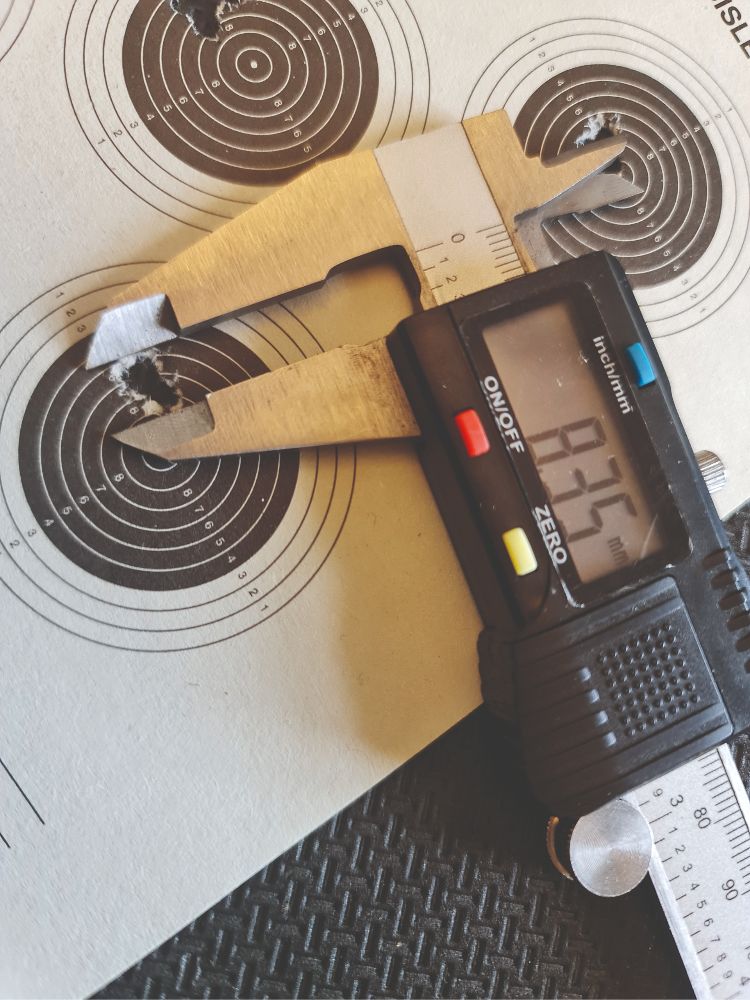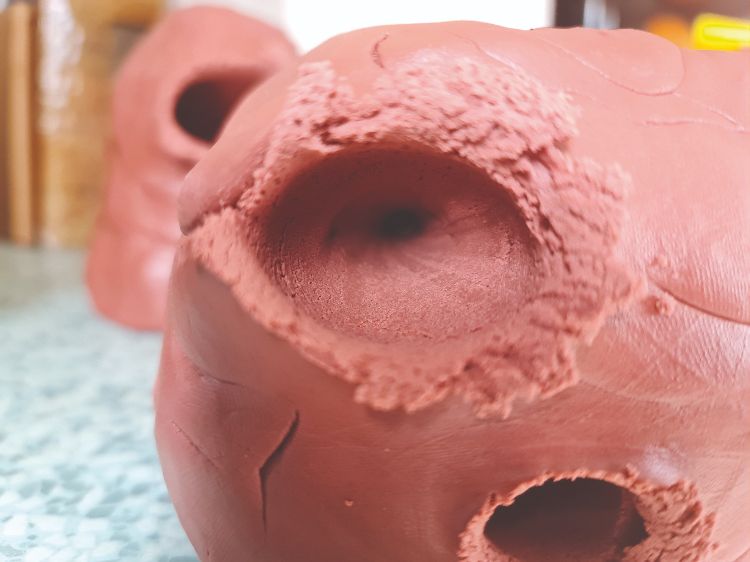Over the last few months, I’ve been testing hollow points and have found them to vary wildly, both in terms of accuracy and terminal ballistic effect. This month, I’m looking at what could be referred to as ‘modified’ or ‘hybrid’ hollow points, and by that I mean a pellet that is essentially a hollow point that has been altered in some way from a pure hollow point. If that description didn’t help much, and if you’re not entirely sure what I’m on about, and at point I don’t blame you, the best way to understand what I’m failing to articulate is to have a look at the accompanying pictures, and of course to carry on reading the article where all will be revealed. I should perhaps say I have looked at several modified hollow points, over the years, and my experience of them from an accuracy standpoint is that they either produce really good groups, or look like you’ve fired a shotgun at the target with your eyes closed. This time, though, along with some old favourites I have some other pellets thrown into the mix. Let’s see which of them comes out on top.
THIS MONTH’S CONTESTANTS:
H & N Terminator 7.25g
I’m looking at four pellets from three manufacturers and as always, I’ll start with the lightest and work upwards from there.
The first pellet into the breech this month is the 7.25gr H&N Terminator. On the surface the Terminator appears to be a simple, cylindrical hollow point with a small pointed spire in its centre, which protrudes slightly proud of the rim of the pellet head. The spire appears to be integral to the pellet, and not of the detachable sort. On closer inspection, though, it can be seen that the Terminator’s hollow is actually not circular, but instead a pentagon, with each of the five angles having a small vertical cut made into it. I think this is to cause the hollow to peel open more readily and expand, thus maximising the terminal ballistic characteristics of the pellet. The small spire is most likely there to aid in initial penetration and then to subsequently cause the energy of the pellet to be directed toward the pentagonal hollow. I have to say I’m genuinely impressed with the thought that’s gone into this pellet, and can’t wait to see how it performs.
 How does a .177 pellet make a hole this big?
How does a .177 pellet make a hole this big?
Crosman Destroyer 7.9gr
The second pellet is the 7.9gr Crosman Destroyer. To begin with I thought this pellet was identical to the Terminator, but under the magnifying glass it can be seen that not only does it have a much wider and shallower hollow, and a slightly smaller spire, but the hollow is cylindrical in nature, too, unlike the Terminator’s weakened pentagon hollow. I’m intrigued to see how much of a difference these subtle design differences will make.
H & N Hunter Extreme 9.26gr
The third pellet in this month’s test is also from H&N, in the form of the 9.26gr H&N Hunter Extreme. The best way to describe this pellet is to imagine sanding the top off a domed pellet, and then remoulding the pellet face with a chunky Philips or Posidrive screwdriver. The result is a pellet with a small hollow, surrounded on four opposing points by vertical cuts, which like the Terminator, I would imagine are to encourage expansion on impact.
 Thankfully, the Pulsar is very pellet friendly
Thankfully, the Pulsar is very pellet friendly
JSB Hades 10.34gr
Bringing up the rear weight-wise, we have the JSB Hades. At 10.34gr, the Hades is the heaviest pellet in the group and is on the heavy side as .177 pellets go. Unlike the other pellets in this test group, which follow the classic, waisted skirt design, the Hades is what I would call the ‘skirted cylinder’ design, in that it has a head, a cylindrical body, and then a small skirt at the base.
My experience of this type of pellet is that unless the skirt is of such a design to allow it to expand to grip the rifling, and unless the head is of such a weight to aid stability, the accuracy can be woefully lacking. The only thing left to mention in regard to the Hades is that the head of the pellet is formed into three equally spaced, triangular cut-outs, essentially giving the head of the pellet a shape very close to the symbol for radiation, a symbol with which I am very familiar, in my profession. How does a .177 pellet make a hole this big? Thankfully, the Pulsar is very pellet-friendly
 Not a bad group size for a modified hollow point
Not a bad group size for a modified hollow point
TESTING
As usual, all pellets will be shot from the same Daystate Pulsar airgun, at a distance of about 20m. Testing is separated into two stages, accuracy, and terminal ballistic performance. To determine the latter, each pellet will be shot into a 40mm thick block of warmed terracotta wax, with chronographs being positioned to record entry and exit values for both energy and velocity. On this occasion, I also chose to shoot both the Terminator and the Destroyer into a single large block of wax, in order to understand the differences between these two pellets better, and to retrieve the pellets and examine the degree of resultant expansion. With the exception of the H&N Terminator, which grouped at just over 13mm, all the other pellets produced groups in the region of 9mm, the best of which was the JSB Hades, which produced a group of 8.35mm. As you can see, all the pellets fell inside the 20mm cut-off, which enabled all four to go through to the ballistic stage of the testing.
 The striations from the spin of the pellet can be clearly seen
The striations from the spin of the pellet can be clearly seen
CONCLUSION
The conclusion to this group test might seem obvious with the JSB Hades as the winner, but only by a small margin from the Hunter Extreme. What I want to do, though, is dig a little deeper into the data I have gathered, and see what sense I can make of it.
The first thing to note is that the pellets can be separated into two distinct groups; the first, H&N Terminator and Crossman Destroyer, and the second, H&N Hunter Extreme and the JSB Hades.
The pellets in the first of these two groups are essentially hollow points with a small spire in the centre, the only main difference being that the Terminators have a weakened five-sided hollow that can only really be discerned with really good eyesight, or under a magnifying glass. In the introduction, I pondered how much of a difference this weakened pentagon would have, and the answer from the terminal ballistic data gathered is that it does indeed make a notable difference. Take a look at the data in the table and you’ll see what I mean. To enforce this conclusion further, you only have to look at the entry wounds on the wax blocks and the deformation of the retrieved pellets. To me it would appear that the central spire penetrates the wax and then deflects the energy outwards into the hollow part of the pellet head, where the weakened points of the pentagon do their job by failing to hold the head together, and as such, enable further expansion and deposition of kinetic energy.
Unlike the first group in this test, the Hunter and Hades are best described as ‘domed’ pellets with significant and varying shaped excavations cut into their heads. The Hunter looks like a Posidrive screwdriver has been plunged into it, and the Hades appears to have something resembling the radiation warning symbol carved into its face.
 In testing, there really wasn’t a great deal between them, the Hades coming out just slightly ahead, both in terms of accuracy and ballistic damage, and although I’ve declared the Hades the winner, If you can find the Hunters cheaper, or find that they better suit your airgun, then they are definitely a viable alternative.
In testing, there really wasn’t a great deal between them, the Hades coming out just slightly ahead, both in terms of accuracy and ballistic damage, and although I’ve declared the Hades the winner, If you can find the Hunters cheaper, or find that they better suit your airgun, then they are definitely a viable alternative.